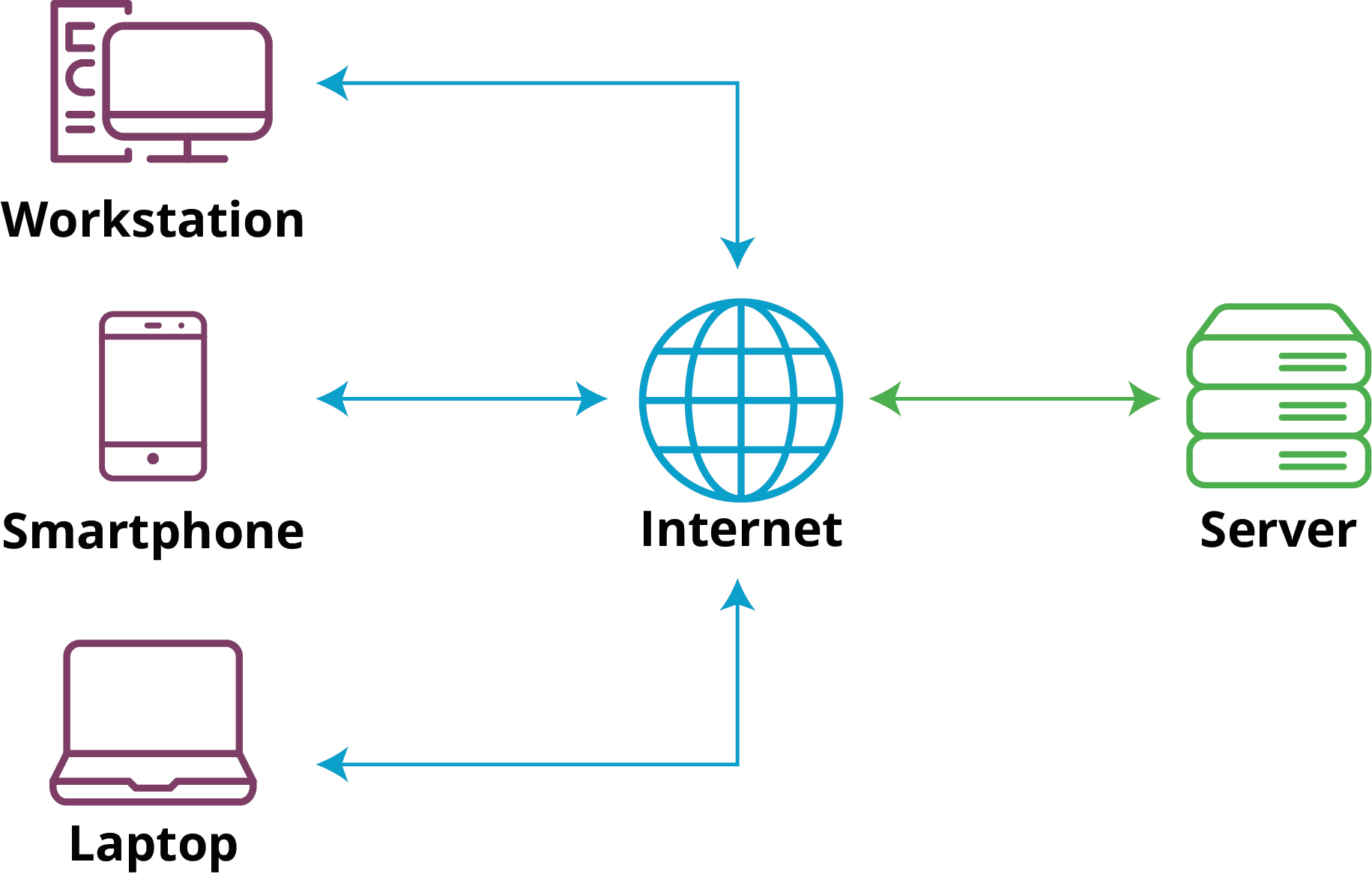What We Need to Know About Client-Server Network

Understanding client-server networks involves grasping several key concepts and components. Here's what you need to know about client-server networks:
Client and Server: The client-server model consists of two main components:
Communication Protocol: Client-server communication relies on communication protocols, which define the rules and formats for exchanging data between clients and servers. Common protocols include HTTP for web communication, FTP for file transfer, SMTP for email, and TCP/IP for general network communication.
Request-Response Model: The client-server interaction follows a request-response model, where clients send requests to servers, and servers respond with the requested data or services. This model enables efficient communication between clients and servers over a network.
Types of Servers: Servers can provide various services, including:
Client-Side Software: Clients typically run software applications or use devices to interact with servers. Client-side software may include web browsers, email clients, file transfer applications, database clients, and custom software applications.
Server-Side Software: Servers run specialized software applications or operating systems that provide services to clients. Server-side software includes web server software (e.g., Apache, Nginx), email server software (e.g., Microsoft Exchange, Postfix), database server software (e.g., MySQL, Oracle), and application server software (e.g., Microsoft IIS, Tomcat).
Security Considerations: Client-server networks require security measures to protect data and resources from unauthorized access, interception, and misuse. Security measures may include encryption, authentication, access controls, firewalls, intrusion detection systems (IDS), and antivirus software.
Scalability and Redundancy: Client-server networks should be designed to scale with the growing needs of an organization. This involves adding additional servers, upgrading hardware, and implementing redundancy to ensure high availability and reliability of services.
Understanding these fundamental concepts will help you comprehend how client-server networks operate, how clients and servers interact, and how to design, implement, and maintain client-server network environments effectively.
Thank you,